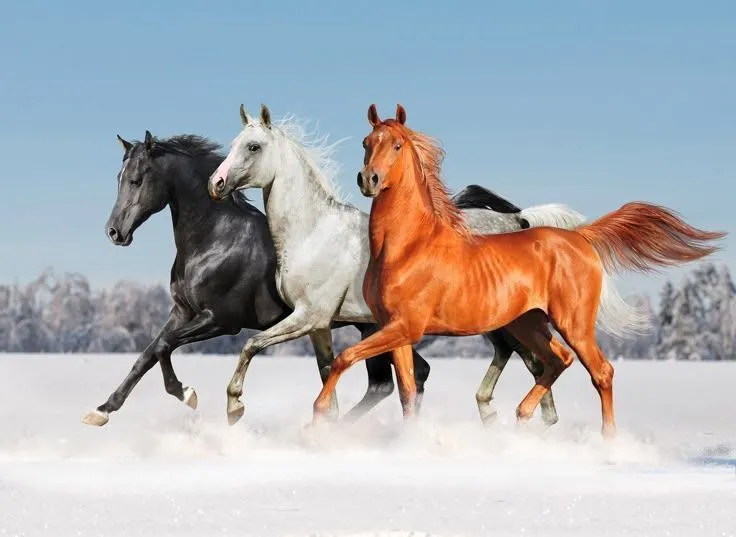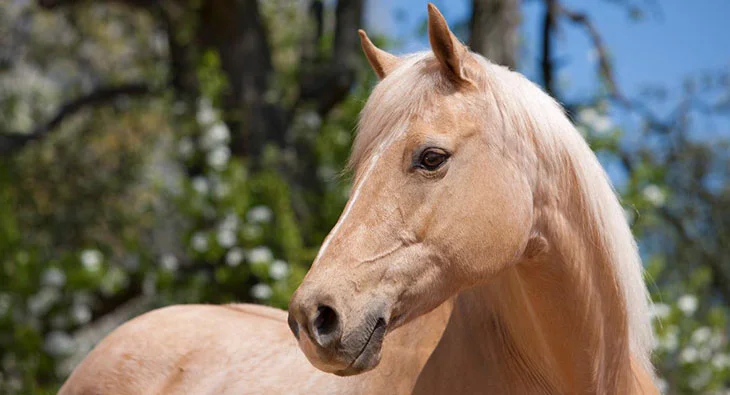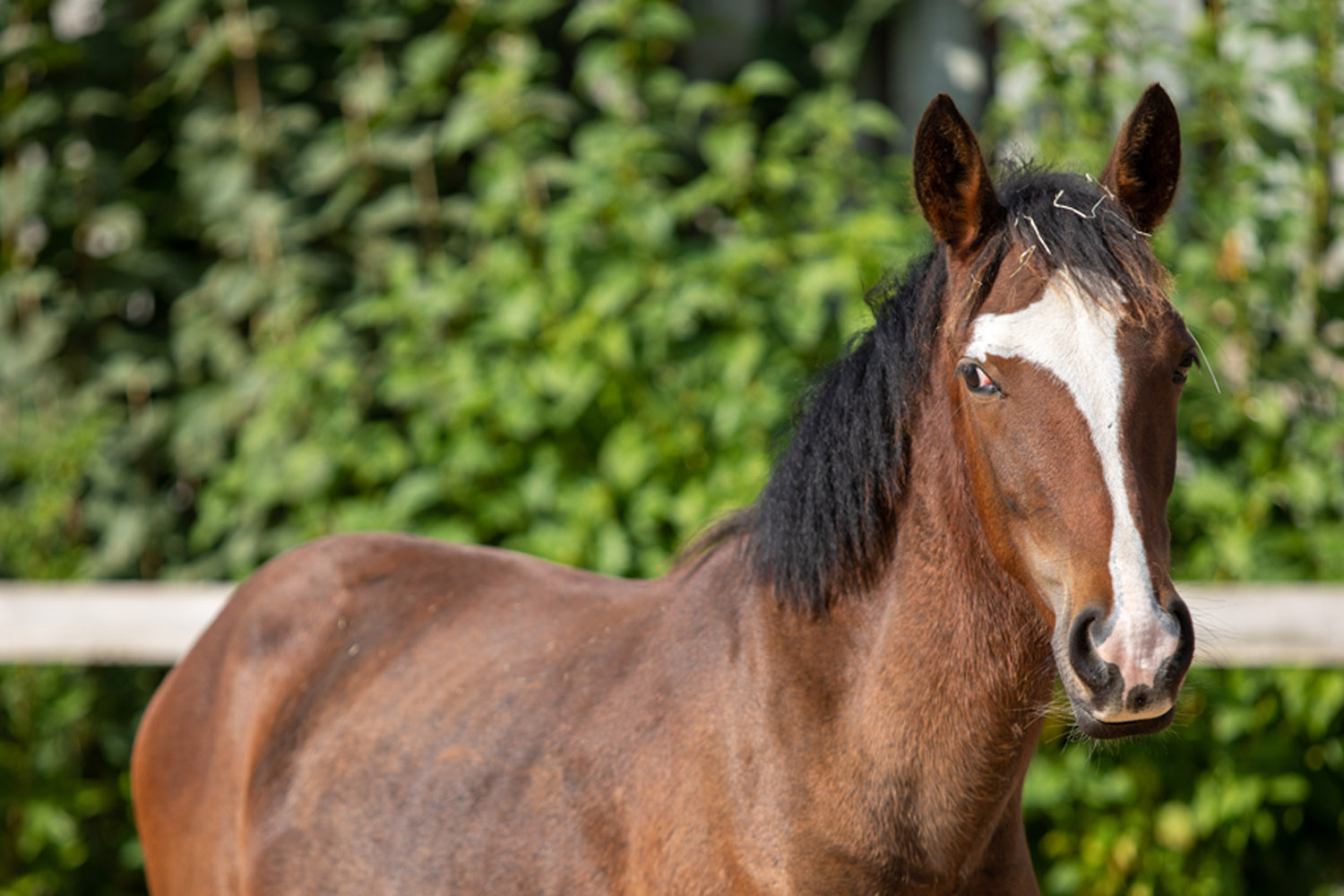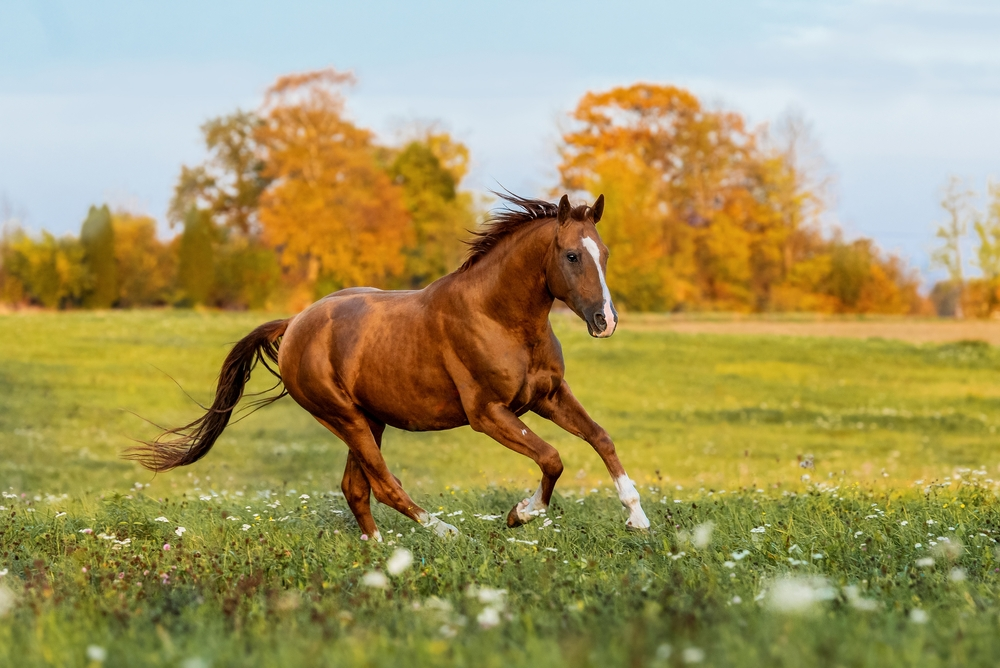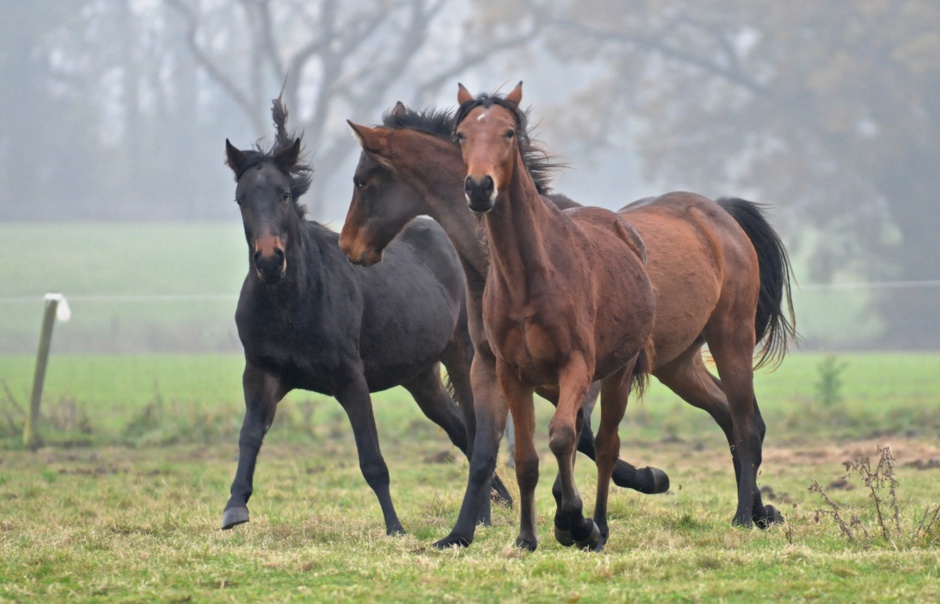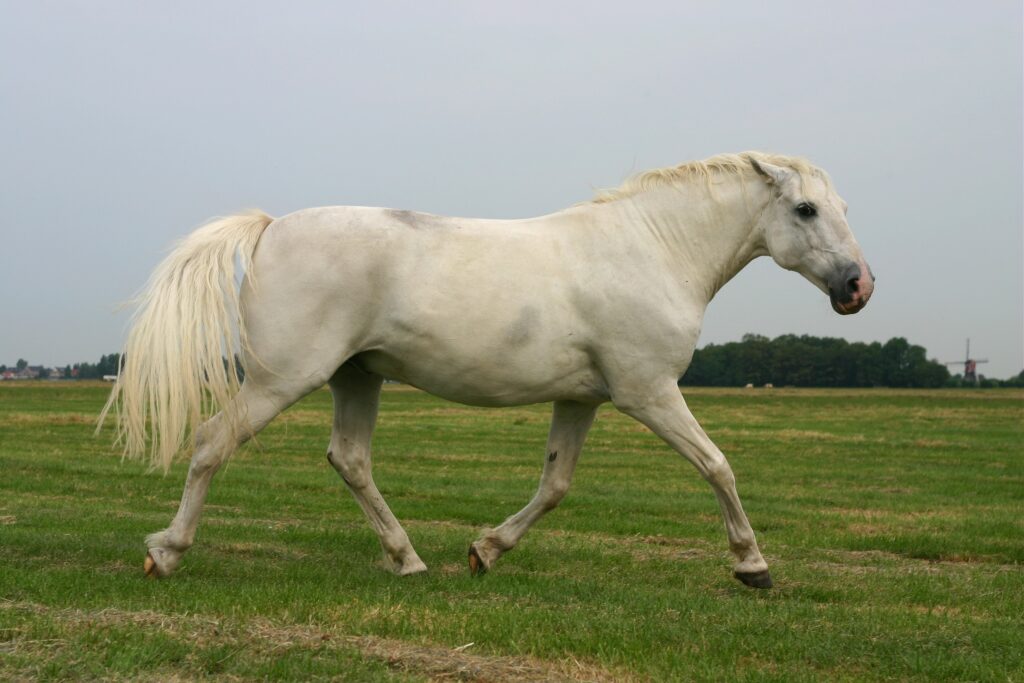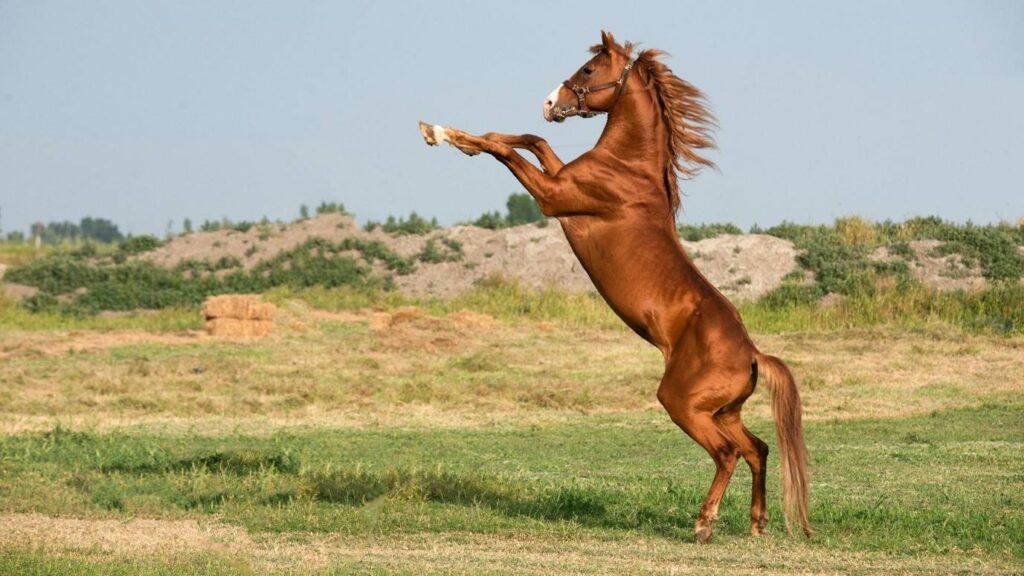Equine behavior, particularly in the context of reproduction, is a fascinating subject. The process by which horses mate and reproduce is a complex one, involving a series of behaviors and physiological responses. This article will delve into the intricacies of these behaviors, providing an informative guide on the subject.
The Reproductive Cycle of Horses
Understanding the reproductive cycle of horses is crucial to understanding their mating behaviors. Horses are seasonally polyestrous animals, meaning they have multiple estrous cycles during certain times of the year. The cycle is controlled by the length of daylight, with longer days stimulating the production of hormones that trigger estrus.
Behavioral Indicators of Readiness to Mate
Mares (female horses) exhibit certain behaviors when they are ready to mate, known as estrus behaviors. These can include increased urination, tail raising, and “winking” or exposing the clitoris. Stallions (male horses) also display certain behaviors when a mare is in estrus, such as increased restlessness, vocalizations, and erection.
The Mating Process
The actual mating process in horses is relatively quick, typically lasting only a few minutes. The stallion will mount the mare from behind and achieve penetration. After ejaculation, the stallion will dismount and the mare will often urinate to clear the reproductive tract of any debris.
For a comprehensive understanding of equine behavior, consider referring to this descriptive book on equine behavior.
Conclusion
Understanding horse mating behavior can be both fascinating and useful, particularly for horse breeders and veterinarians. It is a complex process, influenced by a variety of factors including hormonal changes, environmental conditions, and individual characteristics of the horses involved.
To ensure your horse’s well-being during the mating season, it’s important to keep hooves healthy and consider all-natural equine care.



